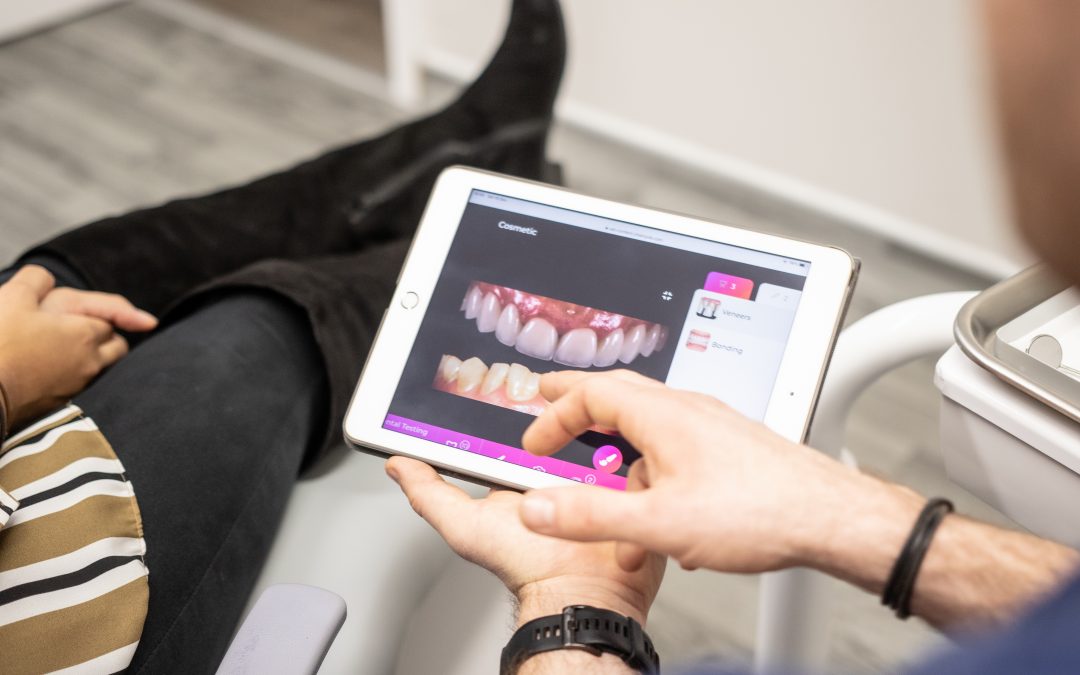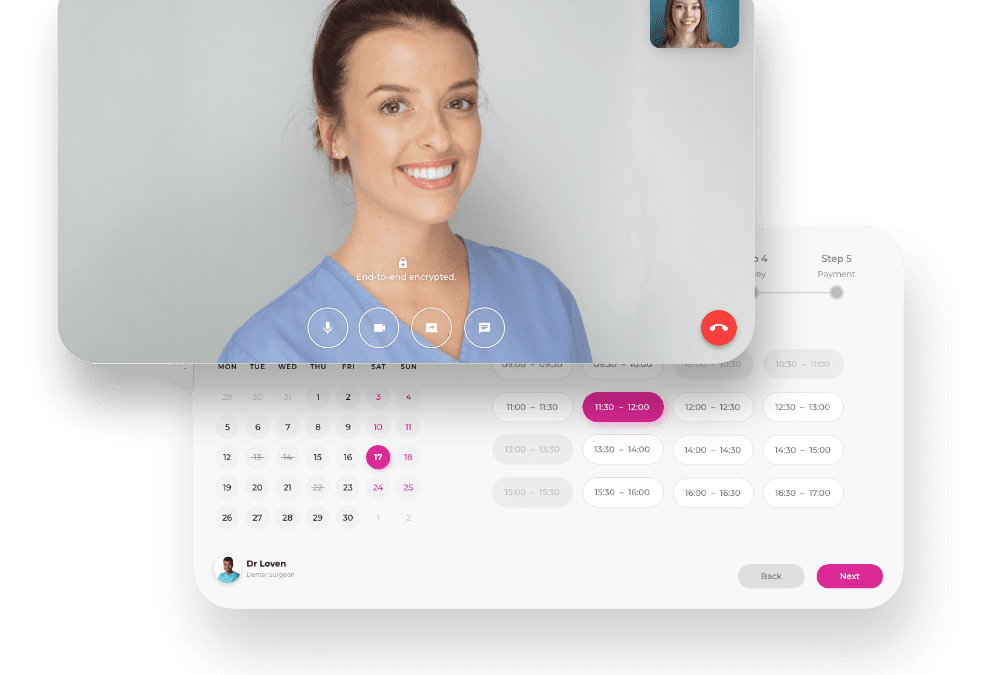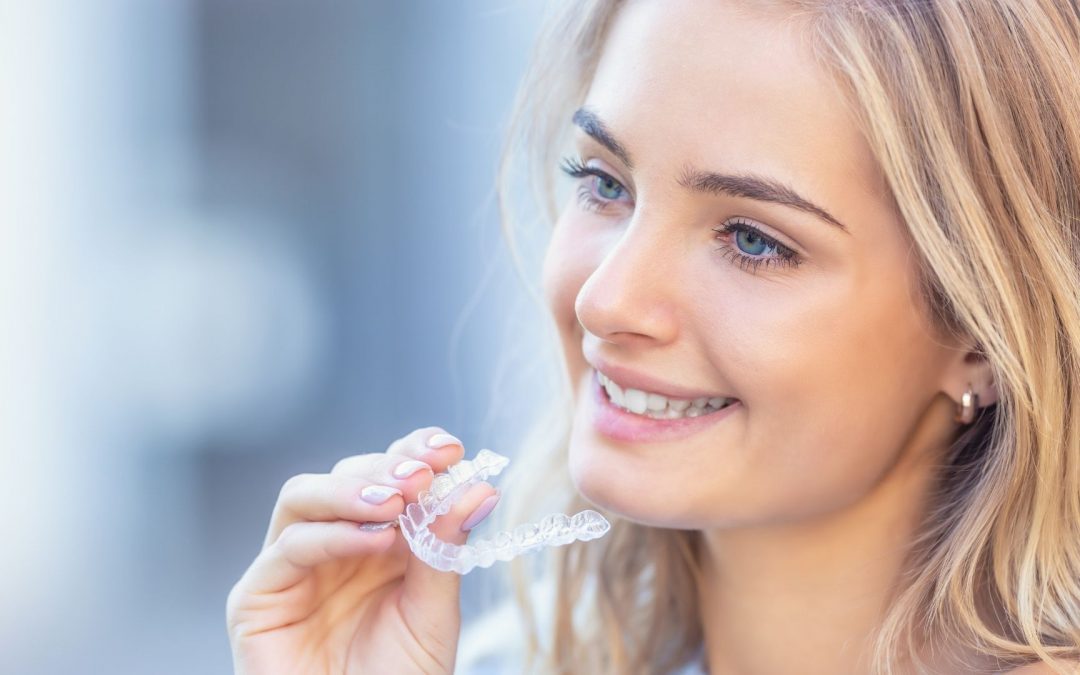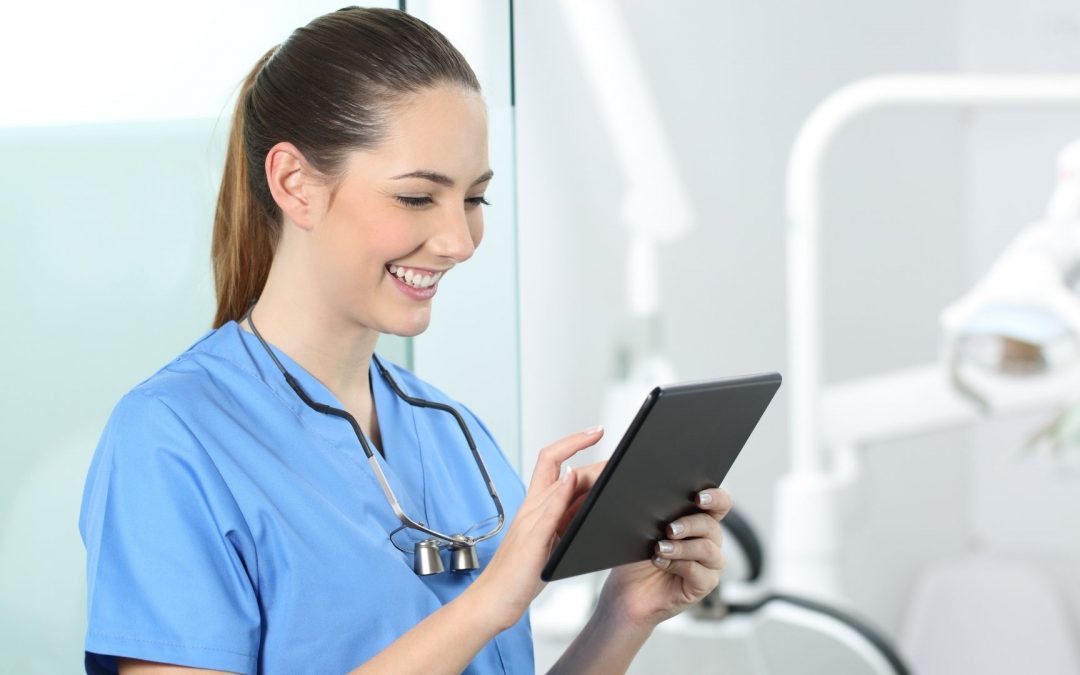
How to make a dental photography portfolio
Creating a dental photography portfolio is now considered to be a must for dentists – especially ones who are just starting their career. A good portfolio can help you to stand out in a crowd and showcase specific skills when applying for a job.
As dentists ourselves, we’ve pulled together some of the advice we’ve gathered over the years for creating an excellent dental photography portfolio:
Invest in good equipment
Several things can help your dental photographs to look better, and Spectrum Brand (https://spectrum-brand.com/blogs/news/dental-photography-taking-photos-for-your-social-media-portfolio) recommends investing in a backdrop, camera that takes high-quality pictures, dental mirrors, retractors, dental contractors and a good lighting source. It might seem like a daunting list upfront, but don’t worry – phone cameras are now often good enough to use for portfolios like this, and the retractors and lighting is the only crucial part of this shopping list. If you’re short on cash, maybe prioritise the retractors and lights, and consider buying the rest in the future.
Practice, practice, practice
A good photography portfolio isn’t about taking a quick snap and continuing with your day – and you will benefit significantly from putting the time in to take a good picture. Consider practising some photos with a friend, and make sure that for every shot you’re presenting in your portfolio, you take several images to give yourself options. Take your time to make sure the lighting is working effectively and not casting shadows on key areas in the patients’ mouth.
Cater to your audience
Your portfolio doesn’t need to include everything you’ve ever done – and dentistry.co.uk details that your priority should be showing ‘skill and competencies and the proactivity, care and consideration that dentists take to demonstrate their ability.’ (https://www.dentistry.co.uk/2016/12/06/a-perfect-dental-portfolio/) – if you’re applying for a job where a specific skill set might give you the edge, showcase it to demonstrate that you’ve done your research beforehand.
Big up your photos
It’s beneficial for you to include a one-page summary with each photograph – showing the treatment that has taken place and perhaps even backing it up with stats of how many times you’ve performed it. Remember there’s nothing wrong with including your achievements and awards in your portfolio too – as this can help you to stand out.
We wish any dentists putting a portfolio together good luck! If you need any help, get in touch!
Reference links:





Recent Comments